A heartbreaking incident unfolded in Sugar Hill, Point Fortin, on October 18, when a two-and-a-half-year-old toddler tragically passed away at her residence. According to the 23-year-old mother, she had breastfed the child around 12:30 AM and subsequently put her to sleep. Upon checking at 7:30 AM, the mother discovered her daughter unresponsive. Emergency medical services were immediately summoned, but no signs of life were detected. A district medical officer pronounced the child dead and ordered an autopsy to determine the cause of death. Upon arrival, police found the baby lying on her back in a yellow onesie on the bed, with no visible signs of violence. PC Roberts is leading the ongoing investigation into this tragic event.
标签: Trinidad and Tobago
特立尼达和多巴哥
-

Rugby Union prepares to host 2025 RAN Sevens in Malabar
Trinidad and Tobago (TT) is set to host the 2025 Rugby Americas North (RAN) Annual Senior Sevens tournament from November 21-23 at the Larry Gomes Stadium in Malabar. This marks the second consecutive year TT has been granted hosting rights under a three-year allocation bid. The event will feature 15 countries competing across men’s and women’s categories, with TT aiming to build on their 2024 performances. Last year, the TT men’s team reached the final but were defeated 38-0 by Canada, securing a runner-up finish that earned them a spot in the 2025 Junior Pan American Games. The women’s ‘A’ team placed third, while the ‘B’ team finished fifth. Mexico claimed the women’s title with a 19-12 victory over Jamaica. This year’s tournament will see a six-team women’s competition, including newcomers Bermuda and Guyana, alongside Barbados, Jamaica, Mexico, and hosts TT. The men’s tier one category will feature eight teams, with Barbados, Bermuda, Canada, Cayman Islands, Guyana, Jamaica, and Mexico joining TT. The tier two men’s competition will include Bahamas, British Virgin Islands, Curacao, St Lucia, St Vincent and the Grenadines, and Turks and Caicos Islands. Winners of the men’s tier one and women’s categories will qualify for the SVNS pathway, part of World Rugby’s HSBC SVNS model. Additionally, the top three men’s tier one teams (excluding Canada) and the top two women’s teams will secure spots in the 2026 Central American and Caribbean Games in the Dominican Republic. The tier two men’s winner will also have a promotion opportunity, provided they are a full RAN member union. The tournament will feature pool and knockout stages for men’s tier one, while tier two and women’s categories will adopt a round-robin format.
-
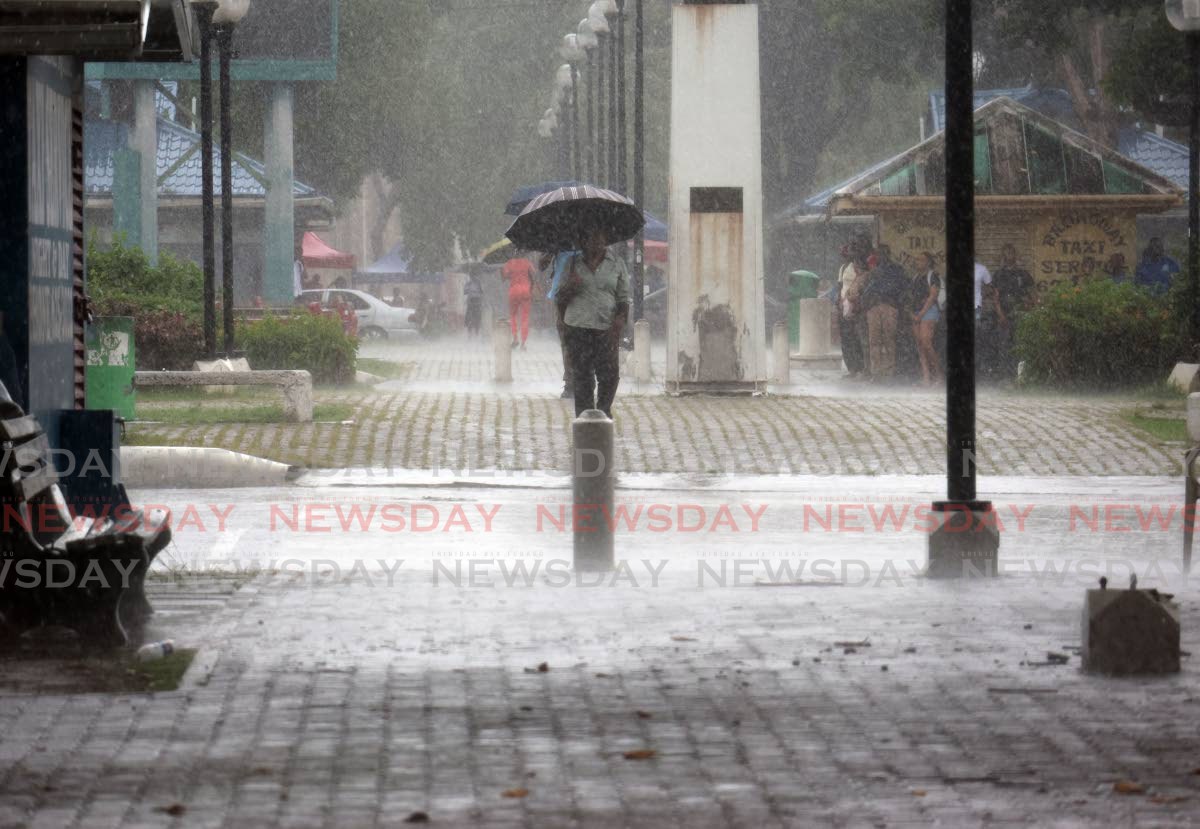
Adverse weather alert extended to 10 pm Monday
The Trinidad and Tobago Meteorological Service has issued its fourth yellow-level adverse weather alert, extending the warning until 10 pm on October 20. The alert, initially activated at noon on October 18, was prompted by an active tropical wave traversing the Caribbean Sea. Although the core of the tropical wave has moved on, residual moisture and atmospheric instability continue to trigger sporadic heavy showers and isolated thunderstorms across the region. Residents are advised to prepare for localized street and flash flooding, potential landslides in hilly and vulnerable areas, gusty winds accompanying severe weather, and agitated seas. Authorities have urged the public to secure loose outdoor objects and remain vigilant about rapidly changing weather conditions. Motorists and those living in flood or landslide-prone zones are particularly cautioned to exercise heightened awareness and caution during this period. The extended alert underscores the persistent risks posed by the lingering effects of the tropical wave, emphasizing the need for preparedness and safety measures.
-

Dylan Carter seventh in butterfly final at Swimming World Cup
Trinidad and Tobago’s swimming sensation Dylan Carter faced a challenging outing at the World Aquatics Swimming World Cup, securing a seventh-place finish in the men’s 50-metre butterfly final held in Westmont, Illinois, on October 19. Competing in lane seven, Carter showcased a strong start with the joint third-best reaction time among the eight finalists. However, his final time of 22.48 seconds left him 0.39 seconds behind the podium finishers. The event was dominated by Canada’s Ilya Kharun, who clinched gold with a blistering 21.69 seconds, followed by Switzerland’s Noe Ponti (21.80) and American Finn Brooks (22.09) in second and third places, respectively. Kharun had earlier set the tone by improving his heat time by 0.35 seconds to secure his spot in the final. Carter had advanced to the final with the sixth-best time of 22.62 seconds from heat seven, where he finished second behind Ponti. Earlier in the competition, Carter had shared a joint-fifth position in the men’s 50m backstroke final alongside France’s Lucien Vergnes, both clocking 23.17 seconds. Despite entering the backstroke final with the second-best time, Carter couldn’t replicate his earlier performance to secure a medal. The Swimming World Cup has seen Carter claim two medals so far: a bronze in the 50m backstroke in Carmel, Indiana, on October 11, and another bronze in the 50m freestyle in Westmont on October 17. The competition will conclude with its third and final leg in Toronto, Canada, from October 23-25.
-
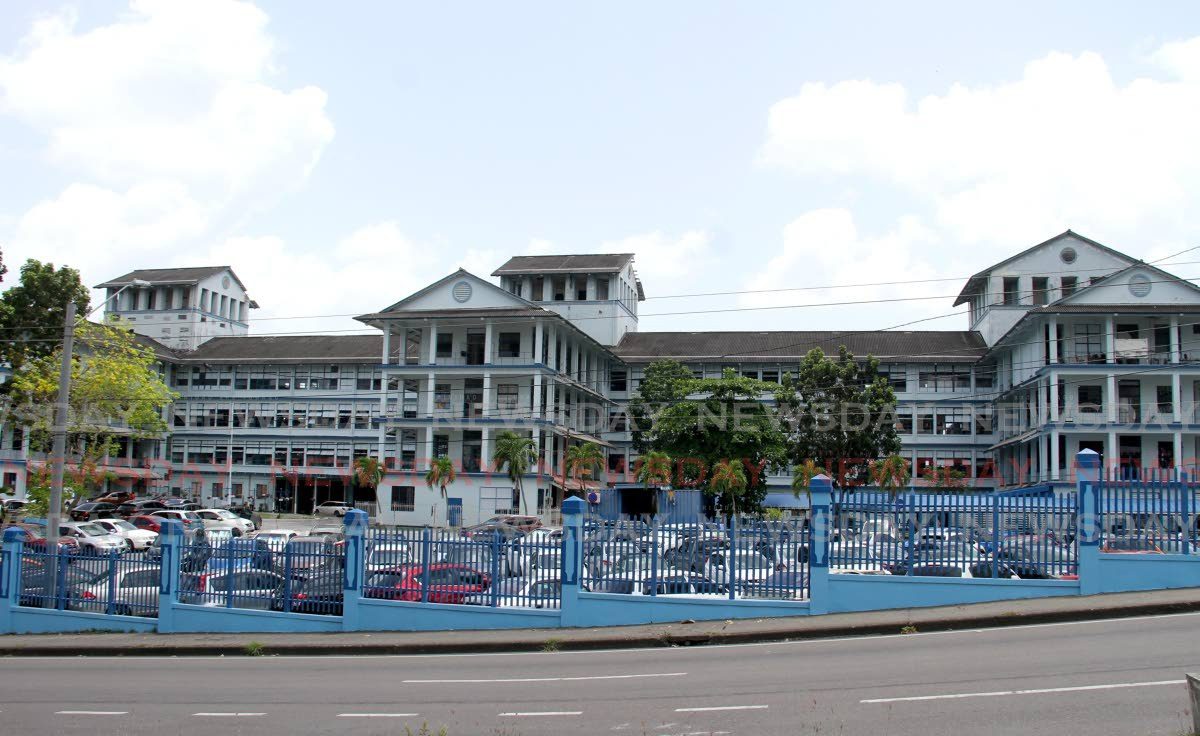
Mandingo man dies in accident
A tragic accident on Indian Walk Road has resulted in the death of 37-year-old tradesman Arnel Young. The incident occurred on October 19, when Young’s white Nissan Navara collided with a brown Hyundai Elantra driven by a female T&TEC clerk. The clerk was accompanied by her husband and their three children, aged 13, six, and two. The woman reported to the police that she noticed Young’s vehicle swerving multiple times near Chanda Trace. Despite her efforts to stop her car, Young’s pickup truck crashed into the front of her vehicle, causing it to spin into a nearby drain. The woman and her family were promptly taken to the San Fernando General Hospital for medical attention. Unfortunately, Young was found unresponsive at the scene and was pronounced dead by a district medical officer. PC Bacchus is leading the ongoing investigation into the circumstances surrounding the crash.
-
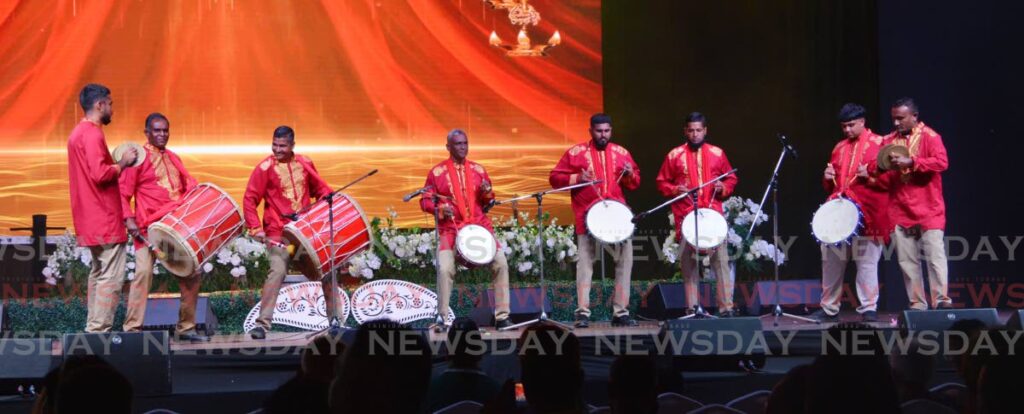
Divali a time of love, unity, peace
As the world marks Divali on October 20, 2025, this vibrant Hindu festival continues to illuminate hearts and homes across Trinidad and Tobago (TT). Known as the Festival of Lights, Divali, or Deepavali, holds profound cultural and spiritual significance, celebrated with immense enthusiasm not only in India but globally. The festival derives its name from the Sanskrit words ‘deepa’ (light) and ‘avali’ (a row), symbolizing a row of lights that dispel darkness and ignorance. In TT, the festival is referred to as Divali, reflecting the local linguistic adaptation. The celebration is marked by the lighting of deyas—small clay oil lamps—adorning homes, streets, and public spaces, alongside the use of firecrackers and akashadiwas (large lamps). Divali is steeped in rich mythology, with legends such as Lord Rama’s return to Ayodhya after defeating Ravana and the marriage of Goddess Lakshmi to Lord Vishnu. Lakshmi, the goddess of wealth, is worshipped during the festival, with devotees chanting mantras and performing pooja to seek her blessings. In TT, the festival is a time for community bonding, with families cleaning their homes, sharing vegetarian meals and sweets like barfi and kurma, and creating elaborate light displays using bamboo frames. The nine-night Divali Nagar in Chaguanas is a cultural highlight, showcasing Indo-Trinidadian heritage through food, music, and dance performances. Recognized as a national public holiday, Divali fosters unity, peace, and love, encouraging people to come together and celebrate their shared humanity. As Nigel Seenathsingh, a San Fernando resident, eloquently expressed, ‘May the light and philosophy of Divali guide us to become the best that we can be, uniting us to make TT the best, safest, and most united country in the world.’ On behalf of his family, he extends warm wishes for a Shubh Divali 2025.
-
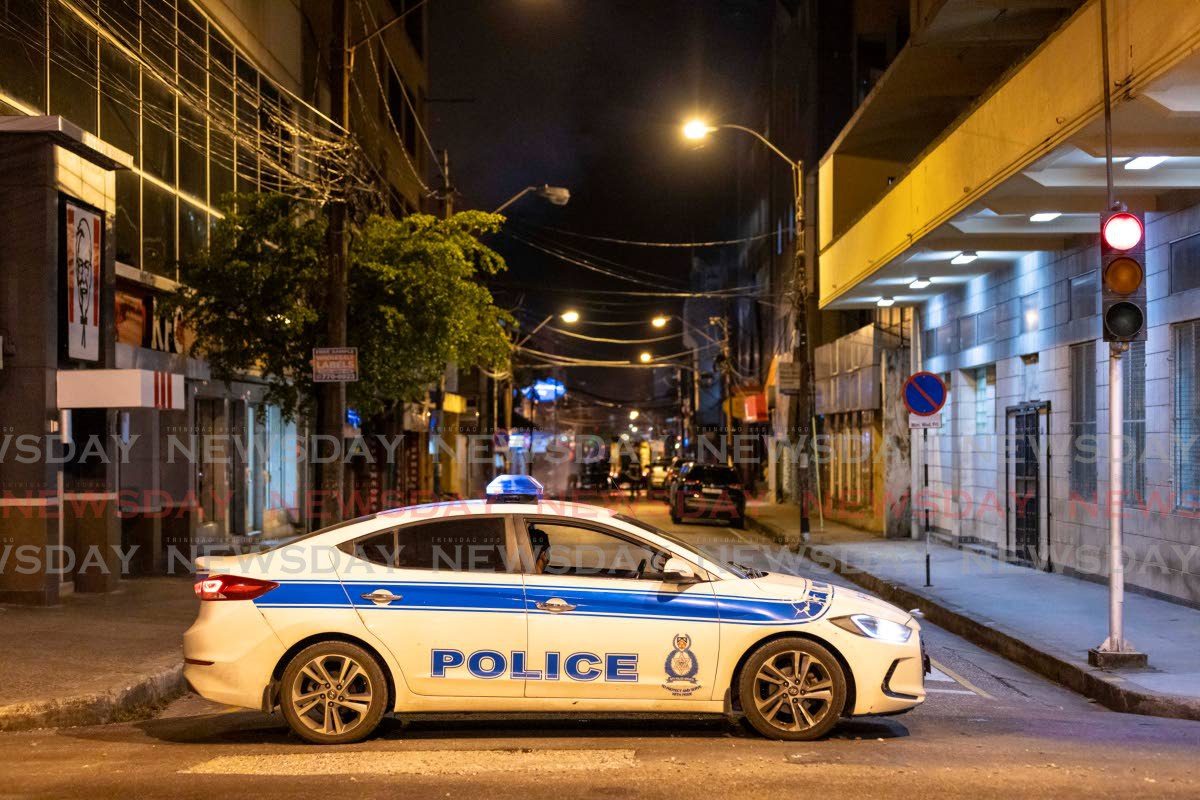
Robberies, larcenies blemish Divali weekend
A series of robberies and thefts disrupted the Divali weekend in Trinidad, leaving multiple victims distressed and keeping law enforcement agencies on high alert between October 18 and October 19. The incidents spanned various locations, including St James, Barataria, Arima, Princes Town, and Caroni, highlighting a concerning surge in criminal activity during the festive period. In St James, thieves targeted vehicles, stealing car batteries and valuable items. One victim, a 26-year-old mechanical technician, discovered his car had been broken into, with tools and speakers worth $3,000 missing. Nearby, a 34-year-old woman reported her Nissan AD Wagon stolen from a secured parking spot. In Barataria, a 30-year-old woman found her Toyota Aqua’s hybrid battery stolen after the car’s glass was shattered. Similarly, a 52-year-old Longdenville woman lost her hybrid battery valued at $20,000 despite securing her vehicle in her garage. In Arima, an armed robber targeted a bar, threatening a 35-year-old employee and making off with over $40,000. The assailant, described as fair-complexioned and stocky, warned the victim, ‘Don’t look at my face, I don’t want to shoot you. Just give me everything.’ In Princes Town, a family of six fell victim to a violent home invasion, where four armed men stole cash, valuables, and two cars. The bandits, armed with cutlasses, a baton, and a hammer, bound the victims and assaulted them before fleeing. In Caroni, a supermarket was robbed by five men, three of whom were Latin nationals. Armed with guns, they assaulted staff and patrons, stealing the day’s sales, alcohol, cigarettes, and $600 from a customer. The suspects escaped in a Kia Sorento. These incidents have raised concerns about public safety and the effectiveness of law enforcement during peak holiday periods.
-
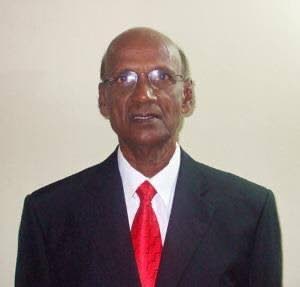
Divali as spiritual experience
In a recent letter to the editor, Dr. Errol Narine Benjamin reflects on the contrasting approaches to cultural celebrations in Trinidadian schools, particularly focusing on the Divali festival. Dr. Benjamin begins by praising the Divali celebration at Presentation College in San Fernando, a traditionally conservative Catholic school. He highlights the event’s inclusivity, noting the presence of religious symbols like Goddess Lakshmi and Hanuman, as well as the spiritual ambiance created by lighted deyas. The principal and staff emphasized the festival’s inclusiveness, and students’ portrayal of the Ramayana added depth to the celebration, making it meaningful for the multicultural nation.
However, Dr. Benjamin contrasts this with a recent statement from the Presbyterian Board, which declared that only Christian celebrations would be allowed in their schools. While the board suggested that students would be ‘taught’ about other festivals like Divali in the classroom, they explicitly ruled out shared spiritual experiences. Dr. Benjamin finds this stance deeply ironic, given the historical context of Naparima College, which has roots in the East Indian community. Early Canadian missionaries in Trinidad actively assimilated elements of East Indian culture, even adapting hymns and choruses into local languages to further their missionary work.
Dr. Benjamin expresses disappointment at the board’s ‘exclusivity,’ arguing that Divali, with its rich spiritual heritage, should not be reduced to a mere classroom lesson. He urges the Presbyterian Board to take inspiration from Presentation College’s inclusive approach, which celebrates cultural diversity while fostering spiritual unity.
-

Divali persists despite flood clean-up in Rousillac
In the face of adversity, the spirit of Divali remained unshaken in Rousillac, Trinidad, as residents battled the aftermath of torrential rains that struck just a day before the Festival of Lights on October 20. Despite being inundated by floodwaters, the community rallied to clean up and prepare for the celebrations, showcasing remarkable resilience and determination.
The weekend’s tropical wave, which prompted a yellow-level adverse weather alert from the TT Meteorological Service, left over a dozen communities in Central Trinidad submerged. Rousillac, located in the southwest, was among the hardest hit. Streets turned into rivers, and homes were threatened by rising waters, yet the residents refused to let the disaster dampen their festive spirit.
Challiram Jodhan, a 64-year-old resident of Grant’s Road, spent hours preparing his home for Divali, only to see his efforts washed away as floodwaters surged around 5 pm on October 19. ‘I couldn’t do nothing,’ he lamented, recounting how water soaked his storage room and filled the foundation beneath his house. Despite the setback, Jodhan and his family remained steadfast, determined to light their deyas (traditional oil lamps) even if the rains returned.
Nearby, Nike Goomansingh and her husband Cecil faced similar challenges. While their home was spared from the floodwaters, their yard was submerged, forcing them to clean up once again after investing time and money in Divali preparations. Cecil attributed the flooding to poorly designed drainage systems, exacerbated by recent housing developments in the area.
In Dow Village, an elderly man, who chose to remain anonymous, showed damage to his outdoor prayer room, or mandir, where waters had risen to two feet. He blamed the narrow drainage channel running alongside his home for the flooding, which was further worsened by a barrel that blocked the outlet.
Despite the widespread damage, the community’s resolve remained unbroken. Nickolas, a resident of Mon Desir Road, worked with his family to prepare bamboo arches for deyas, grateful that their home was narrowly spared from the floodwaters. Sunny skies on Divali morning facilitated cleanup efforts, though the adverse weather alert remained in effect until 10 pm.
Otaheite/Rousillac councillor Javed Mohammed reported that about a dozen homes were affected, primarily by street flooding. The Disaster Management Unit (DMU) mobilized quickly, assisting with cleanup and distributing supplies to those in need. Similar reports of flooding in Palo Seco and Cedros were yet to be assessed.
As night fell on Divali, the deyas of Rousillac shone brightly, a testament to the community’s unwavering spirit in the face of nature’s challenges.
-

My problems with MAID
During a dinner conversation with friends, the topic of Medical Assistance in Dying (MAID) surfaced, sparking a profound discussion on the ethical, medical, and societal implications of this controversial practice. My friends, echoing the sentiments of advocacy groups like Dying with Dignity Canada, argued that MAID is fundamentally a human rights issue—every individual deserves the freedom to choose a dignified death. However, as a practicing geriatrician, I found their perspectives overly simplistic and detached from the nuanced realities of end-of-life care. Having spent years in palliative care, I’ve witnessed the profound complexities of predicting death and understanding the wishes of those nearing the end of their lives. My friends’ black-and-white view of MAID suggested a lack of firsthand experience with the dying process. When asked if I would ever perform MAID, I responded with a resolute no. The act of intentionally delivering a lethal dose contradicts the very essence of why I entered medicine—to heal and comfort, not to hasten death. One friend argued that individuals with mental health issues should have the right to end their lives with dignity, especially as Canada plans to expand MAID eligibility to include those suffering solely from mental illness by 2027. Yet, I questioned how one could differentiate between suicidal ideation and a genuine desire for a dignified death. Another friend expressed a desire for MAID if they were to develop dementia, but I countered that such decisions are often made without truly understanding the lived experience of dementia. What troubled me most was their ideological framing of MAID as a human rights issue, devoid of the medical uncertainties inherent in such decisions. Medicine thrives on uncertainty, and reducing MAID to a slogan undermines its complexity. Furthermore, the term ‘medical assistance in dying’ is misleading. MAID is not about assisting the dying process but about facilitating death—a distinction that carries significant ethical weight. Palliative care, which focuses on comfort and natural death, is fundamentally different from MAID, which actively hastens death. The lack of robust social supports and palliative care access in Canada raises questions about whether legalized MAID is a medical solution or a Darwinian ideology in disguise. As a physician, I believe our focus should be on improving palliative care and supporting vulnerable individuals rather than prematurely embracing assisted death.
